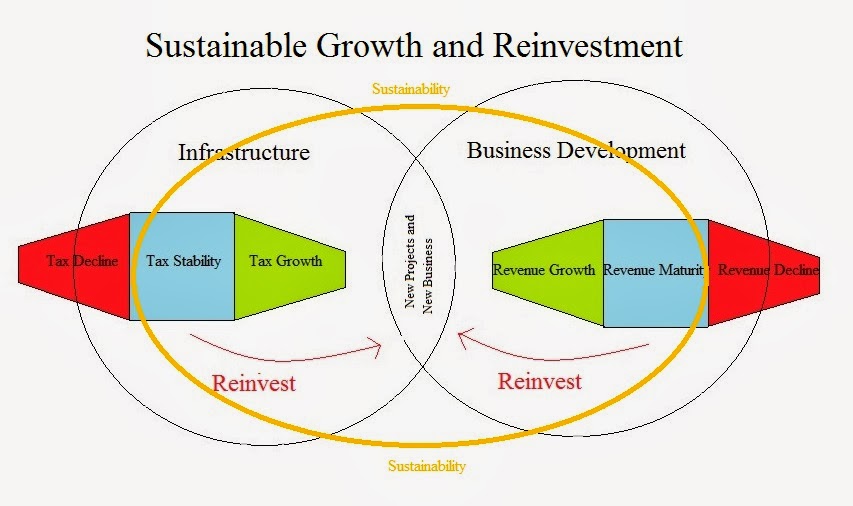Giftedness is often seen
in the context of culture and therefore may only partially explain the
phenomenon. The authors Foreman and Renzulli (2012) argue that giftedness
should be seen as those unique traits that apply to the population across
various cultural vantage points. As each culture emphasizes certain behaviors as
appropriate they inherently skew the recognition of the traits that lead to
higher performance. Having universal and
global gifted traits will help in the proper identification and development of
this unique population.
North American scholars
are seen as advanced within their gifted assessment and understanding. They
still struggle with finding practical applications of such ability and falter
under the multiple perspectives and conceptions. Certain traits may be more
universal in nature and transcend local cultures depending on which
philosophical perspective the researcher desires to take.
Philosophical traditions
focus on different fundamental aspects of truth. This naturally impacts their
scientific understandings and can lead to skewed understandings. For example, pragmatist’s
perspectives by William James and John Dewey believe that truth is from putting
concepts into practice.
Social constructionists would
argue that science is culturally oriented and cannot be easily separated unless
one believes in a global culture. Pragmatists focus on emic and etic
understandings while constructionists focus more on the emic side. Emic looks
at the person within a culture while etic is focused on universal traits that
can be applied to other cultures.
The author argues that understanding
giftedness should now move beyond culture to more pragmatic etic approaches
whereby the traits have universal application. Culture, when studying the
gifted, can be seen as a bias, whereby specific traits are accepted or rejected
only because they have or do not have cultural relevance to the people judging
them.
Let us put this to an
example. You have two tribes. One tribe values hunting while the other tribe
values writing. If a gifted person is raised as a hunter and excels in this
skill and is then transferred to the other tribe they would be viewed as less
competent. The person may have been able to master both but has no training or
experience in the other culturally laden occupation.
The author argues that giftedness research should begin to focus more closely
on universal traits. Through universal traits that apply across multiple
cultures a more beneficial understanding can be found and applied for
development. Through new theoretical and culturally neutral approaches the
research can advance to higher levels of understanding and development.
Comment: If gifted is primarily a biological trait that cannot be ignored
or thwarted then it will be universal in its nature. If that development
includes a more connected brain that efficiently processes information and sees
the multiple possibilities of different situations then culture will determine
how it is manifested. Depending on culture, family, and educational perspective
the gifted will be pushed down varying paths as artists, laborers, theorists,
sports players, religious figures, writers, actors, etc. through the value projections
of their upbringing.
Foreman, J. & Runzulli, J. (2012). Culture, globalization
and the study of giftedness: reflections on persson’s analysis and
recommendations for future research. Gifted
and Talented International, 27 (1)
